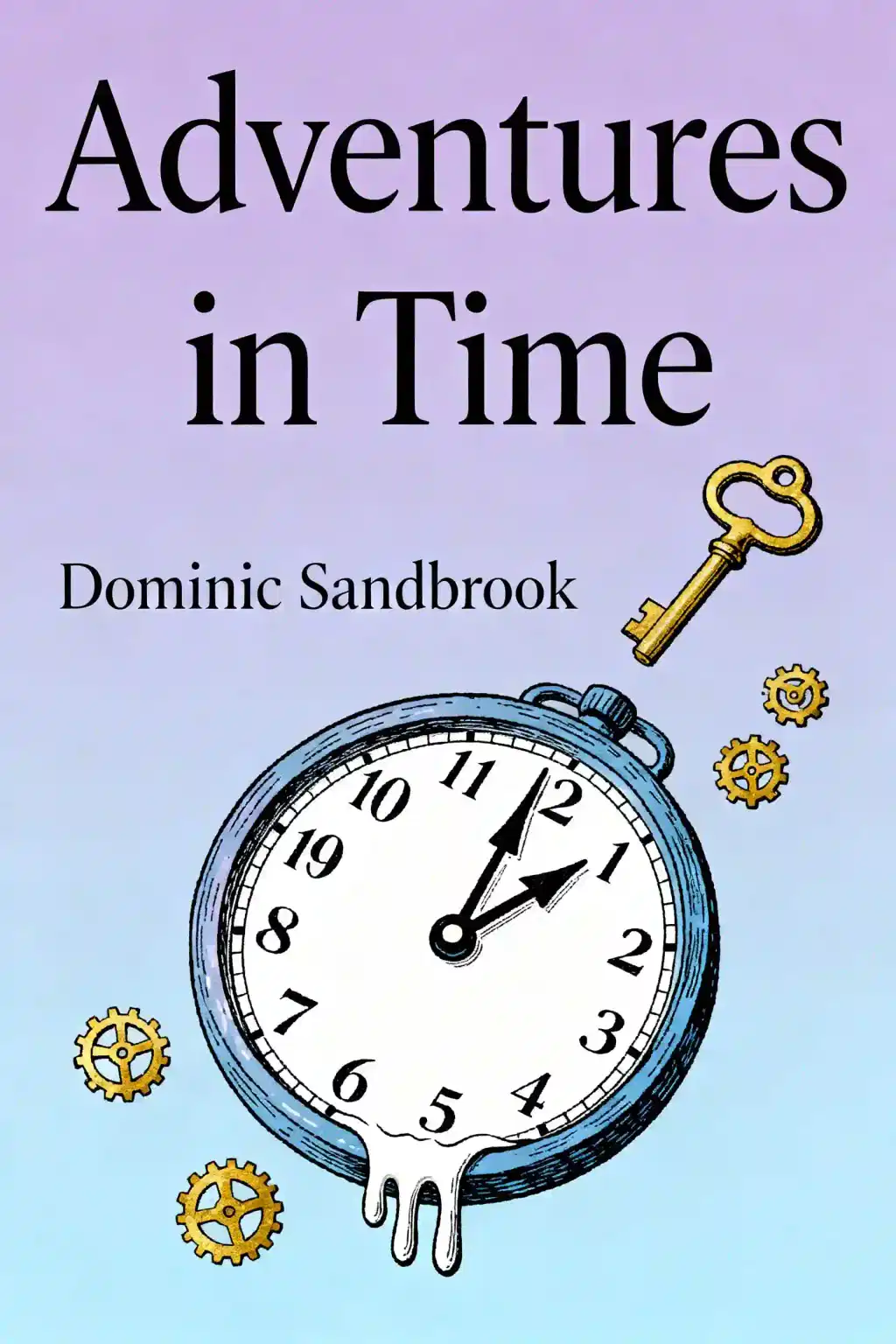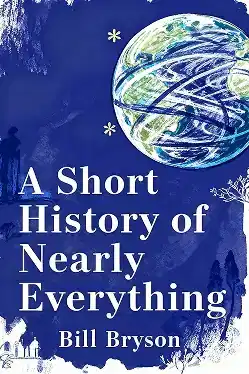
Adventures in Time by Dominic Sandbrook Summary
Overview of Adventures in Time
Journey through time with Dominic Sandbrook's captivating historical series that transforms dry facts into thrilling adventures for young readers. Sparked by his son's curiosity, these books have revolutionized how children engage with history, making classroom curriculum come alive with vivid storytelling.
Similar books to Adventures in Time
Feel the book through the author's voice
Turn knowledge into engaging, example-rich insights
Capture key ideas in a flash for fast learning
Enjoy the book in a fun and engaging way
Key takeaways
The Bullet That Changed Everything
In the summer of 1914, Europe stood on the edge of an abyss. In smoky Belgrade cafes, young revolutionaries plotted against the Austro-Hungarian Empire. Among them was Gavrilo Princip, a tubercular youth burning with nationalist fervor. When news arrived that Archduke Franz Ferdinand would visit Sarajevo on June 28th-a date sacred in Serbian memory-these conspirators saw their chance. What followed seems almost orchestrated by fate itself. After surviving one assassination attempt, the Archduke's driver made a wrong turn, bringing the royal couple directly in front of Princip. Two shots rang out. Within minutes, both Franz Ferdinand and his beloved wife Sophie lay dead. Why does this moment resonate so powerfully? Because those bullets shattered not just two lives but the fragile peace of Europe. Austria-Hungary found its pretext to crush Serbia. Russia rose to defend its Slavic ally. Germany backed Austria. France stood with Russia. Britain's complex entanglements soon pulled it into the widening gyre. Within weeks, a diplomatic dance of death-filled with ultimatums, mobilizations, and miscalculations-had plunged the continent into war. Have you ever watched dominoes fall in sequence? Imagine those dominoes are nations with millions of lives at stake. By August 4th, what began as a Balkan crisis had transformed into the first truly global conflict. The lamps, as British Foreign Secretary Sir Edward Grey famously remarked, were going out all over Europe.
When Dreams of Glory Met Industrial Slaughter
Heroes, Villains, and Everyone In Between
The Machinery of Death Perfected
When Empires Fall and Ideologies Rise
The Final Reckoning
The Long Shadow
Quick Summary Mode - Read or listen to Adventures in Time Summary in 9 Minutes
Break down key ideas from Adventures in Time into bite-sized takeaways to understand how innovative teams create, collaborate, and grow.
Flash Card Mode - Top 10 Insights from Adventures in Time in a Nutshell
Distill Adventures in Time into rapid-fire memory cues that highlight Pixar’s principles of candor, teamwork, and creative resilience.

Fun Mode - Adventures in Time Lessons Told Through 22-Min Stories
Experience Adventures in Time through vivid storytelling that turns Pixar’s innovation lessons into moments you’ll remember and apply.
Personalize Mode - Read or listen to Adventures in Time Summary in 0 Minutes
Ask anything, pick the voice, and co-create insights that truly resonate with you.

From Columbia University alumni built in San Francisco

Get the Adventures in Time summary as a free PDF or EPUB. Print it or read offline anytime.
















